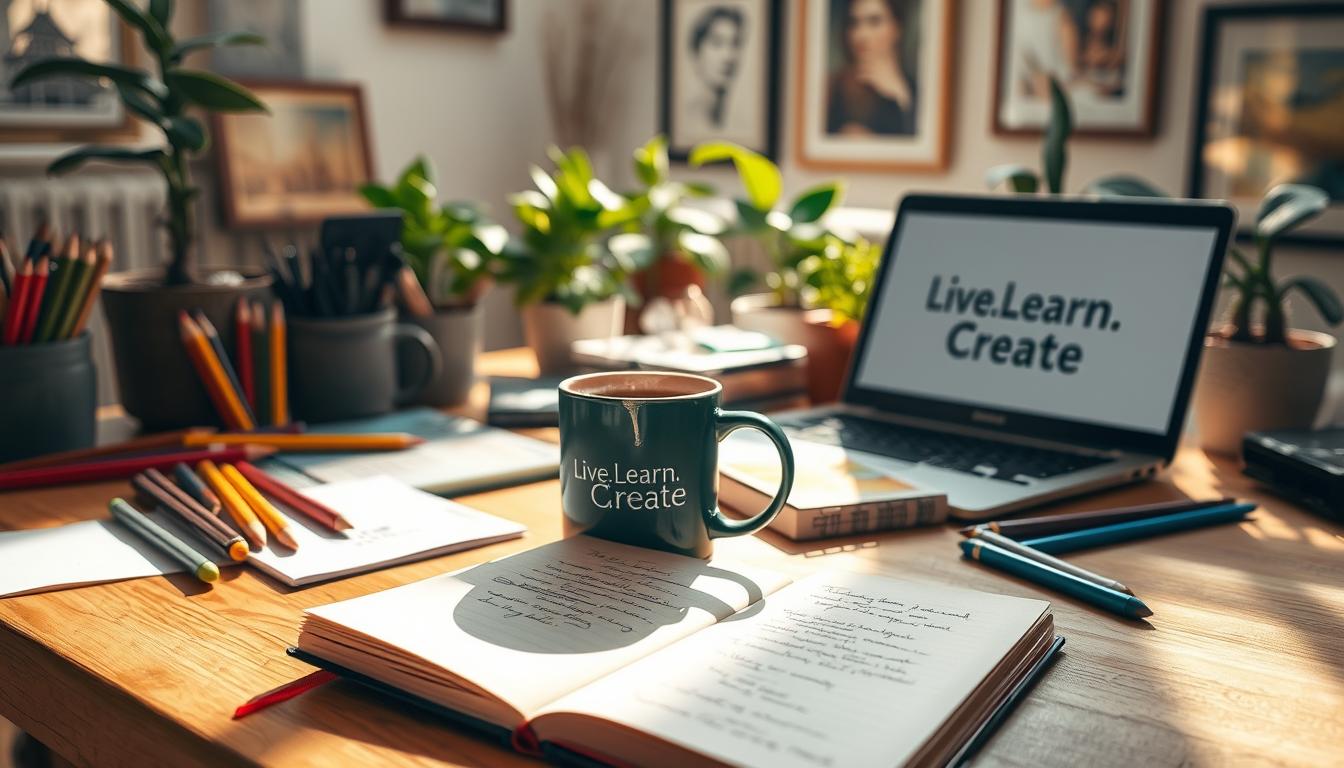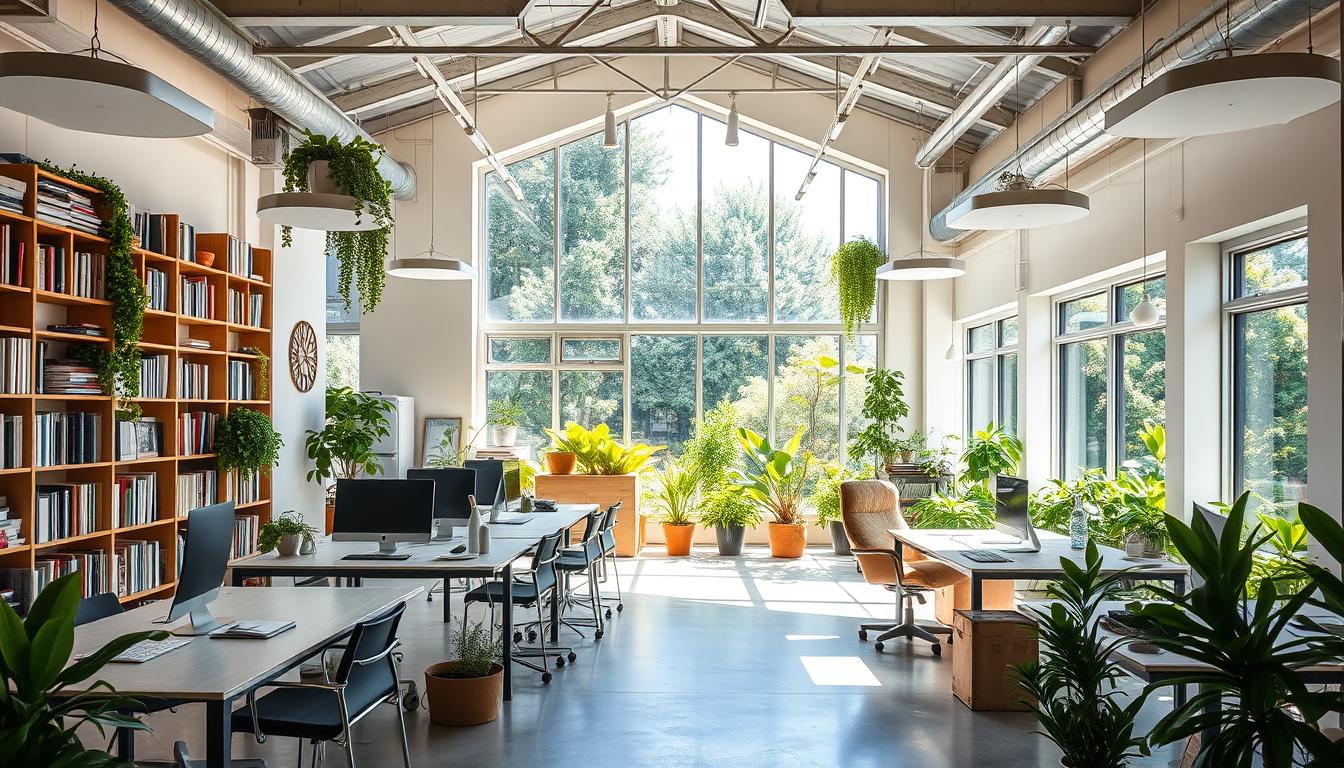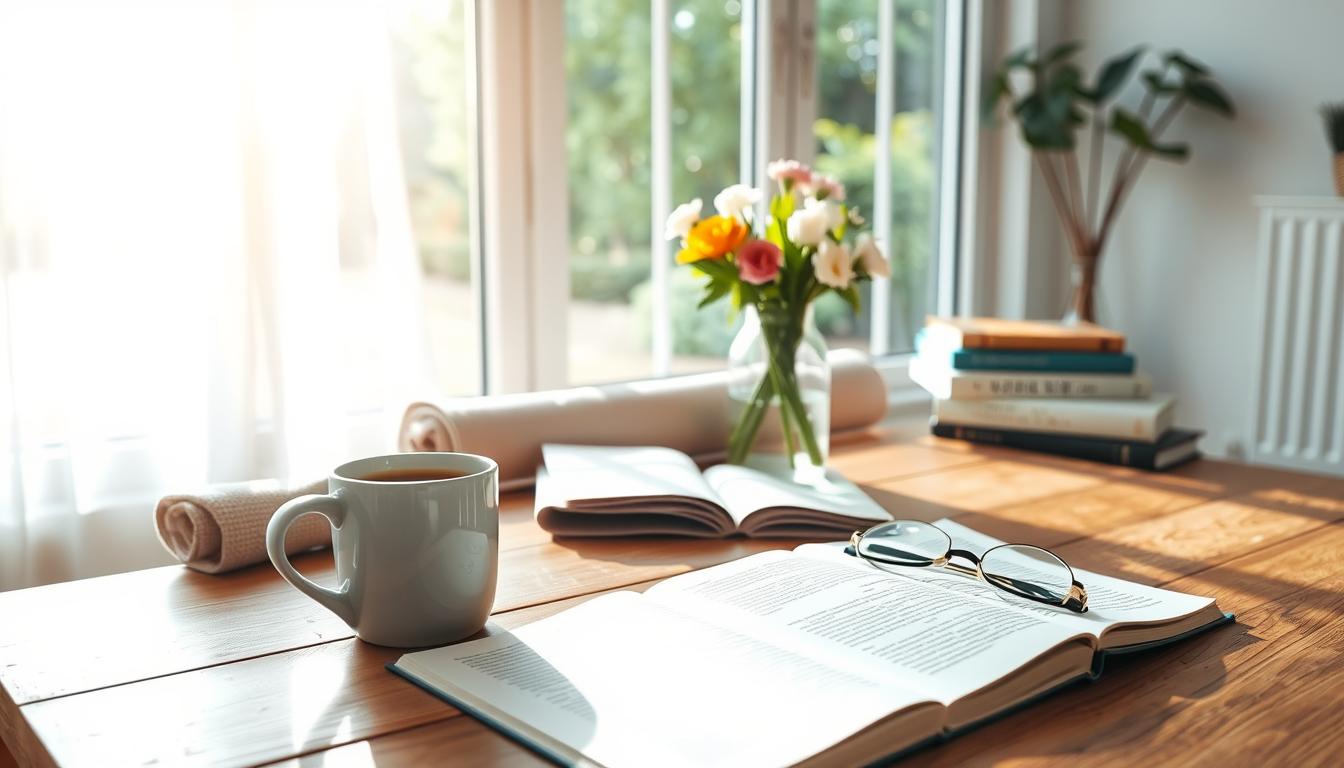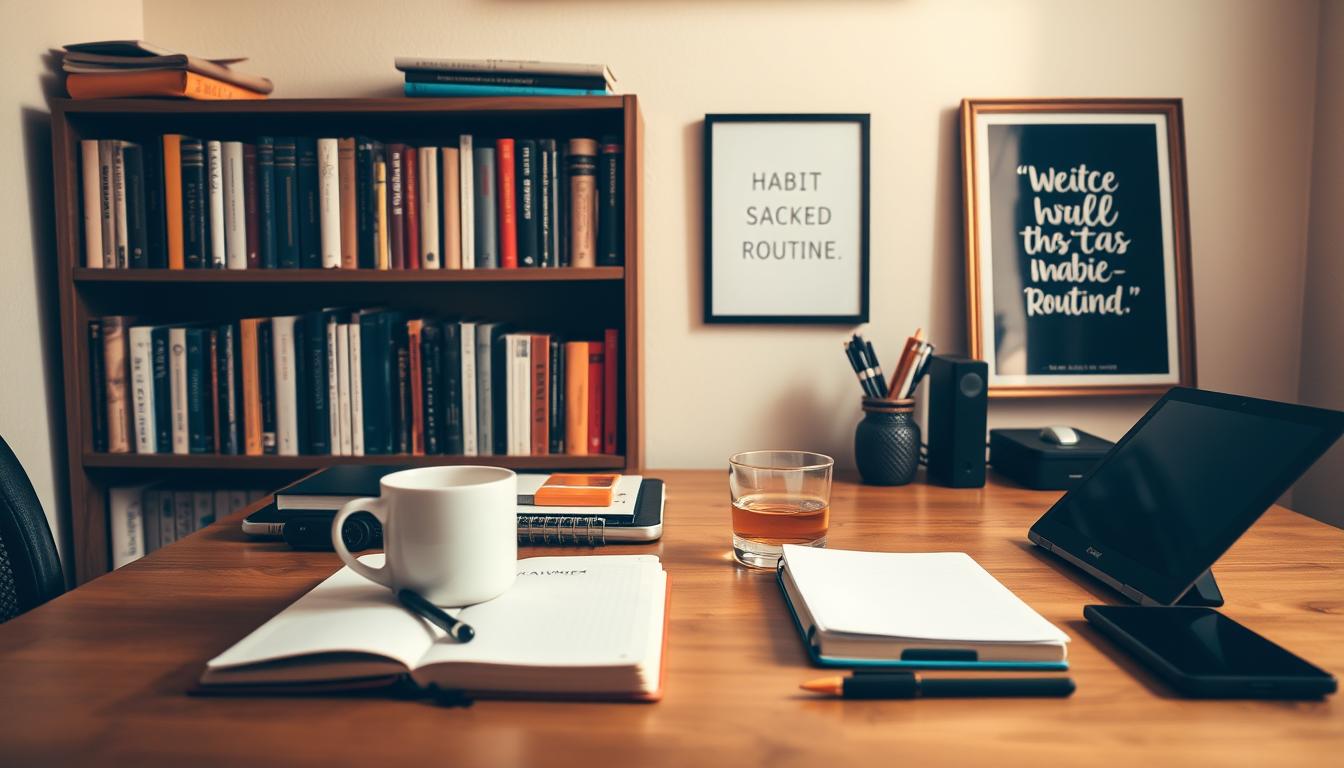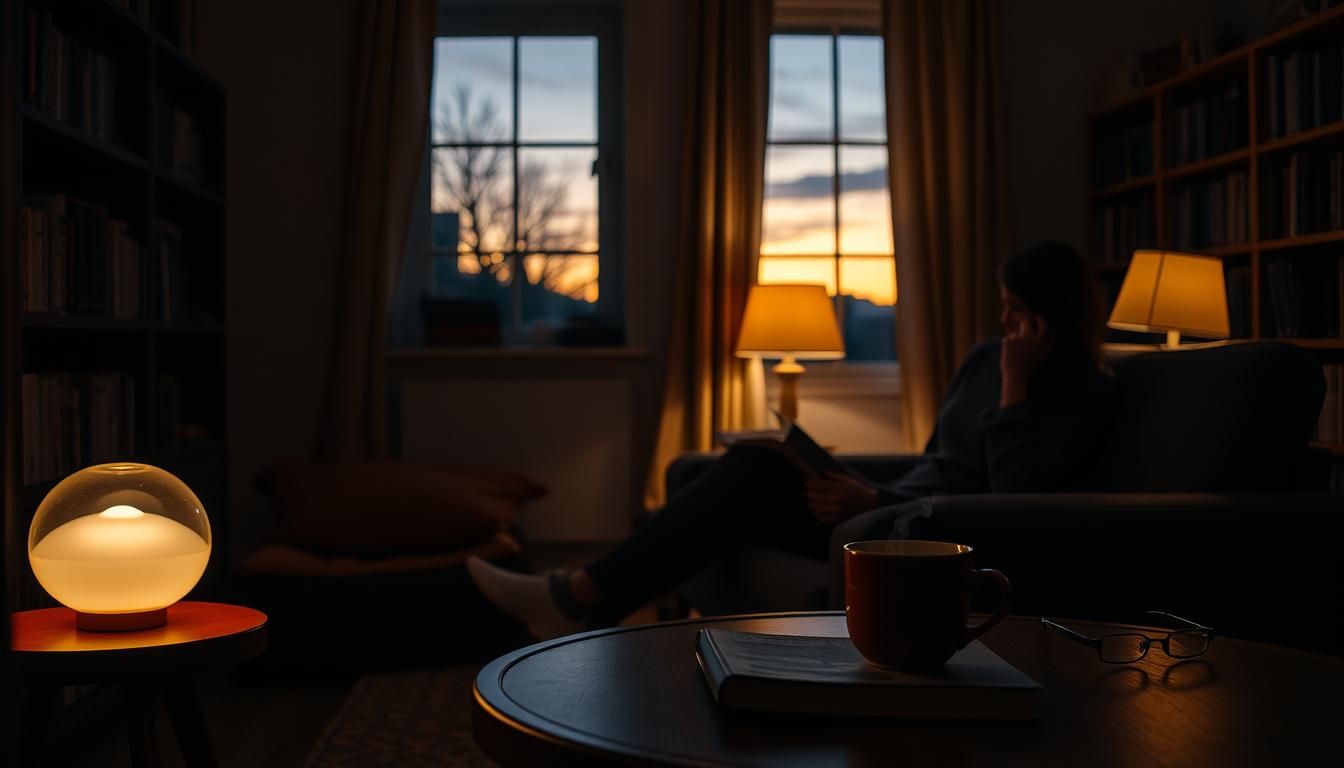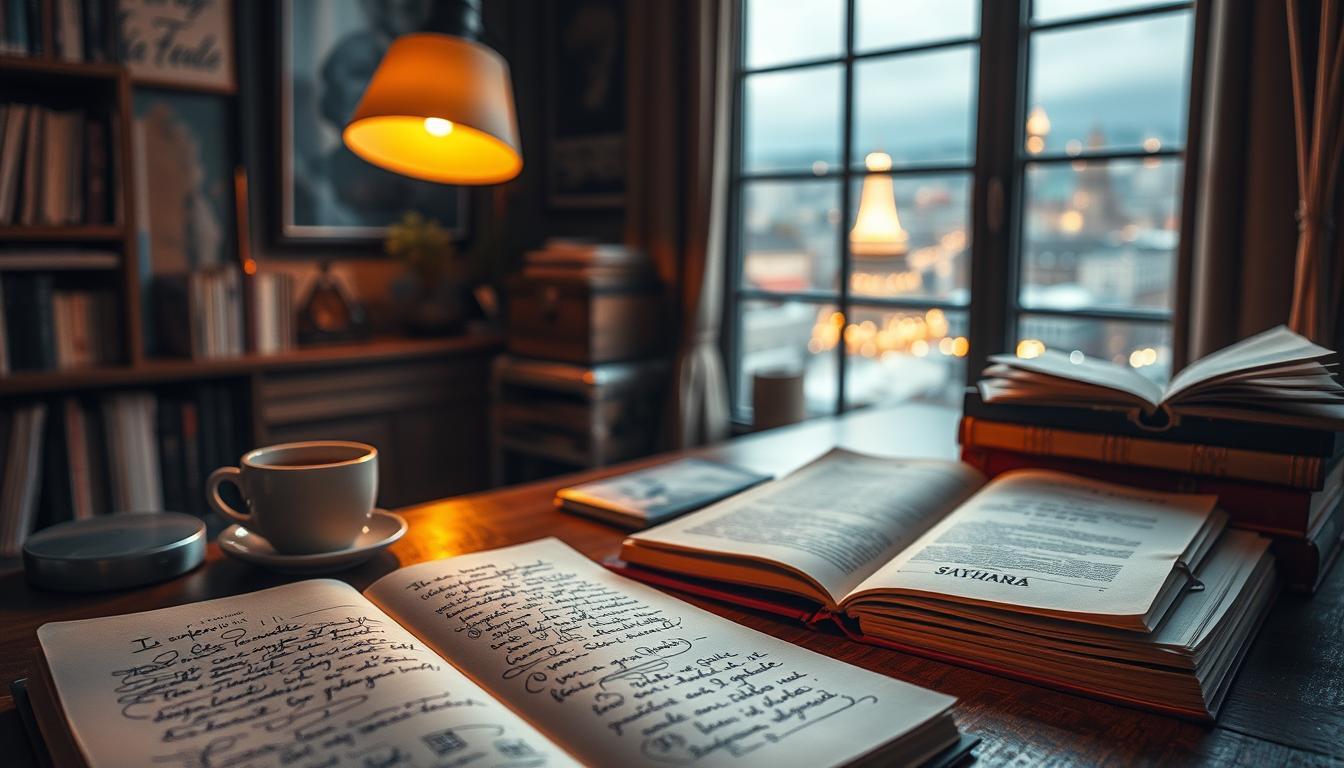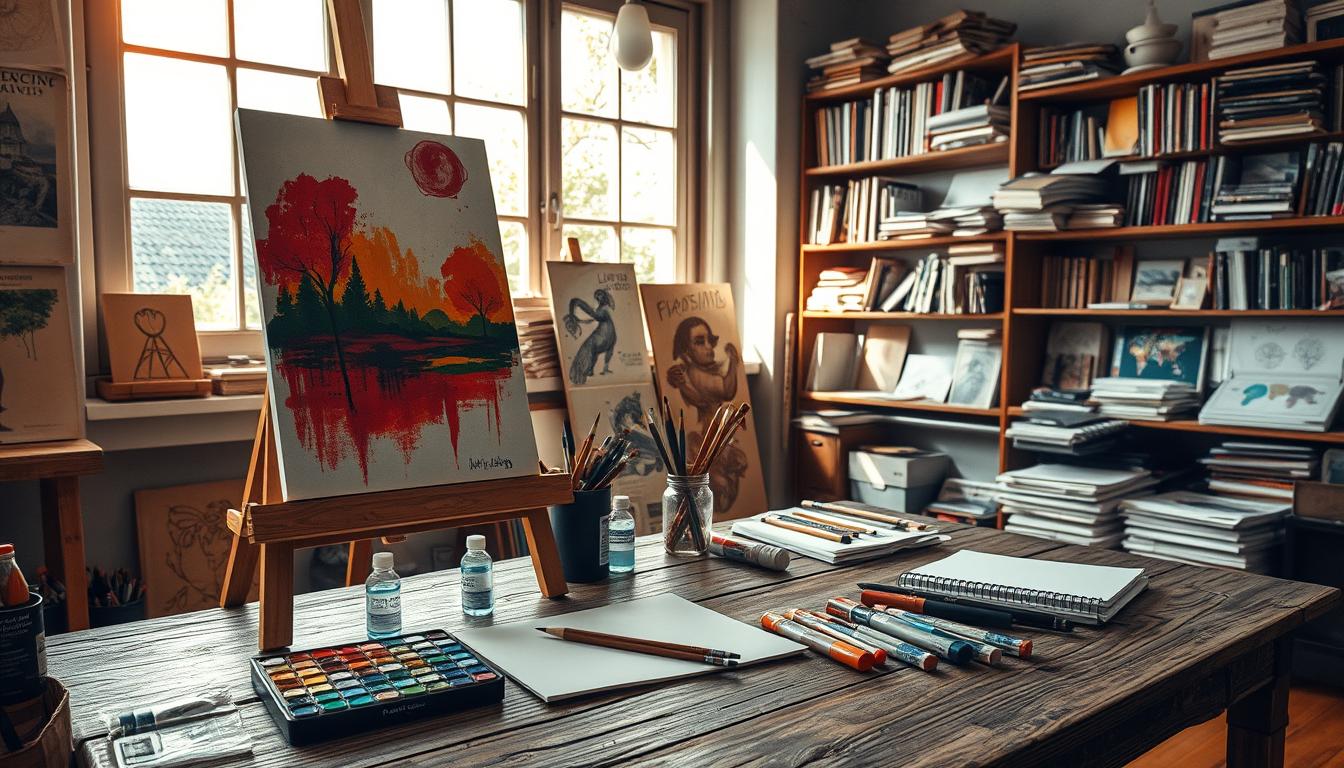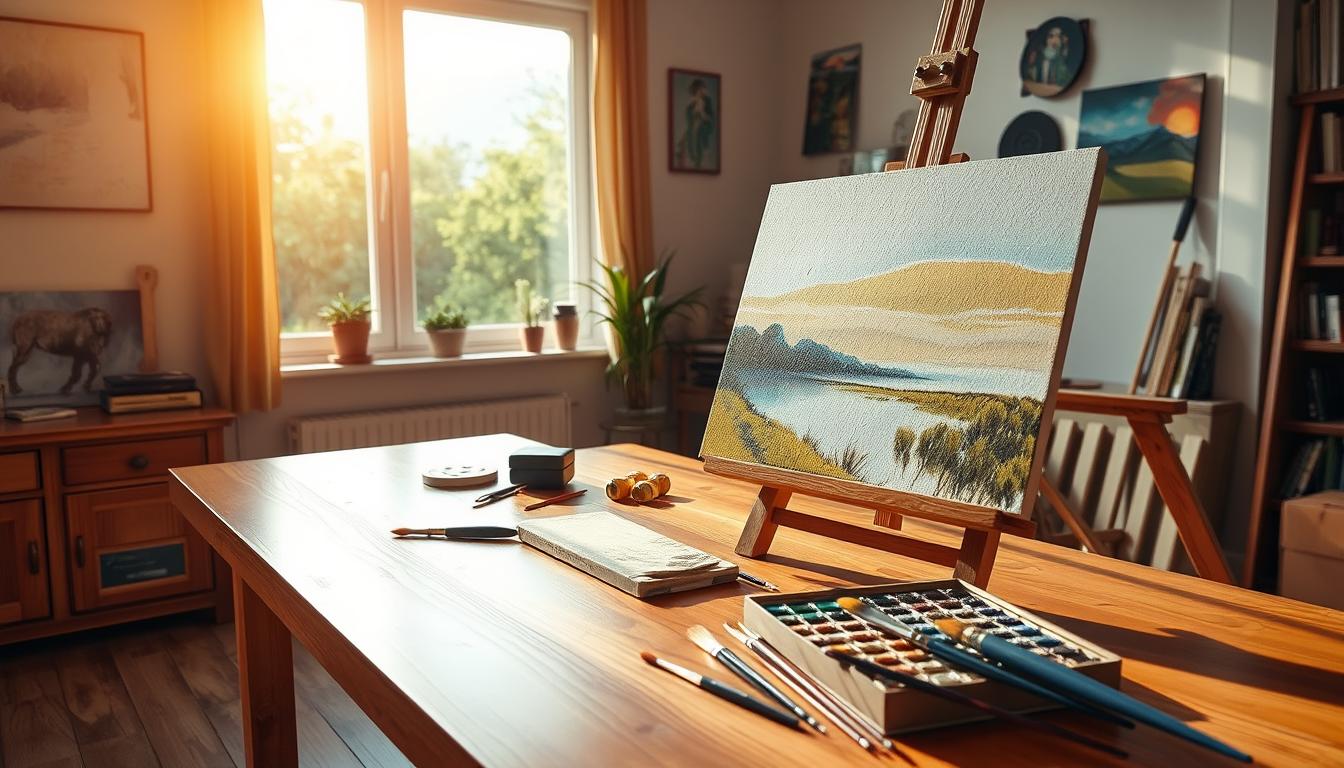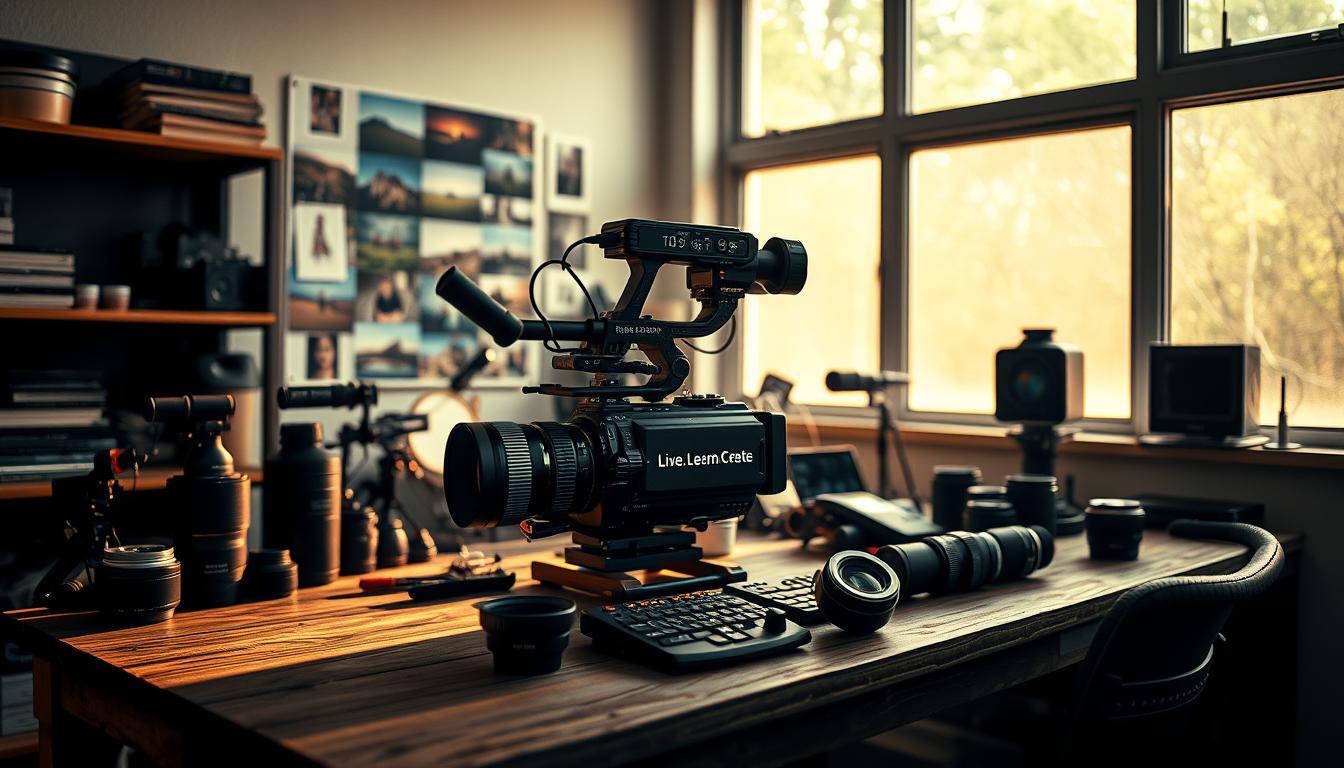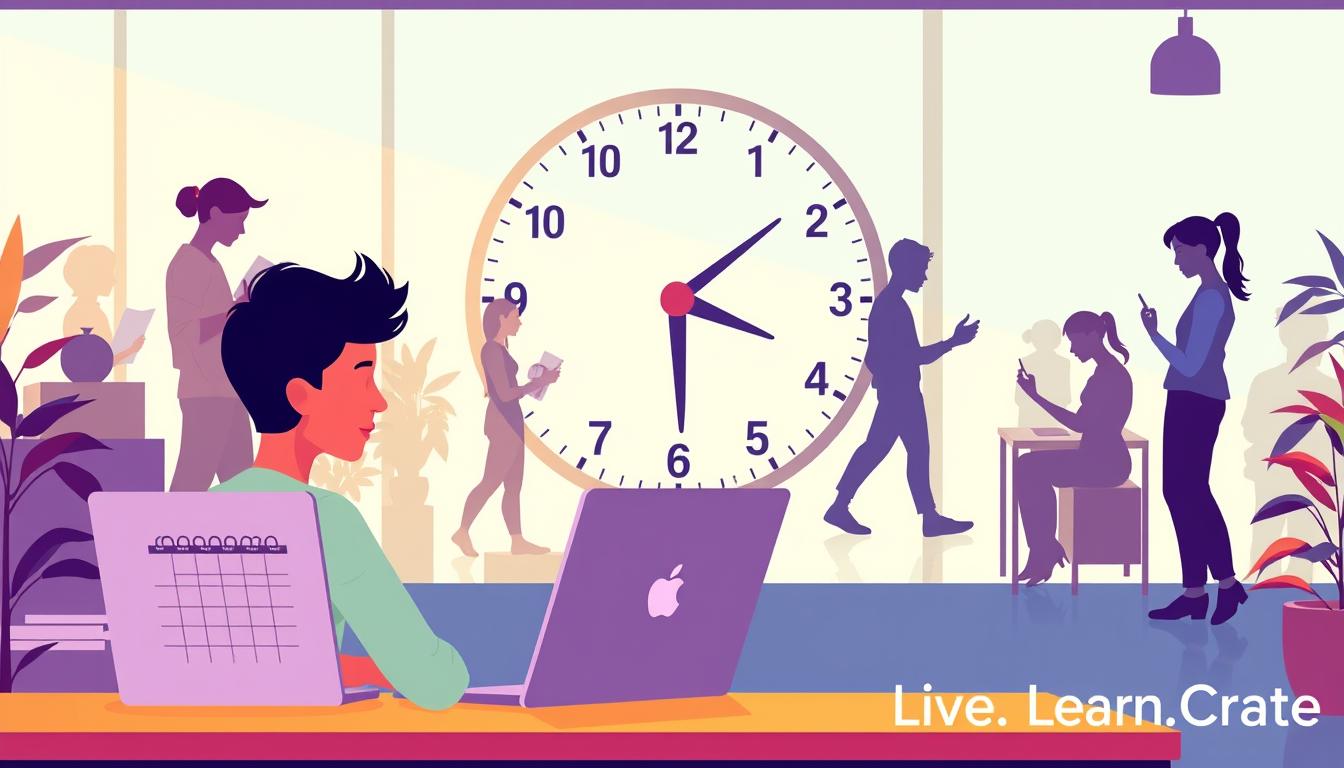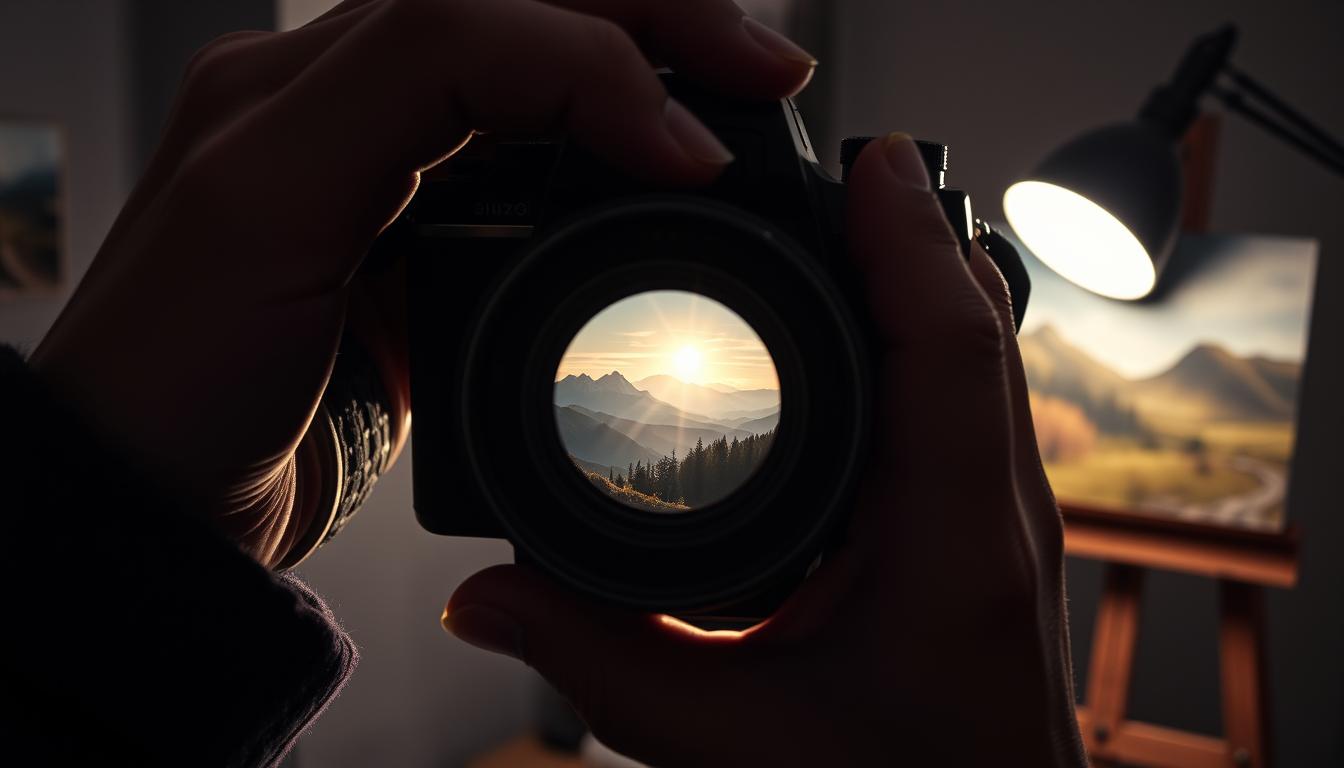Ever wonder why some people seem to effortlessly tap into their best ideas while others struggle? The secret might lie in how they begin their day. Morning rituals aren’t just about productivity—they’re gateways to unlocking your potential and shaping a more fulfilling life.
Research shows that simple, intentional habits can spark everyday creativity—a concept championed by psychologist Ruth Richards. It’s not about rare talent; it’s a process anyone can cultivate. Think of it as stretching your mind before diving into the work of the day.
Carmen Galloway’s books and courses offer practical tools to weave creativity into your routine. Whether it’s journaling, sketching, or mindful movement, these small acts build resilience and joy. In a rapidly changing world, nurturing your creative side isn’t just nice—it’s necessary.
Key Takeaways
- Morning rituals can unlock your creative flow.
- Creativity is a daily practice, not an innate talent.
- Carmen Galloway’s resources provide actionable guidance.
- Creative habits boost emotional resilience.
- Structured routines have science-backed benefits.
What Is Creativity and Why Does It Matter?
Creativity isn’t just about painting masterpieces—it’s how we navigate life. Linda Naiman beautifully defines it as “turning ideas into reality”, while Maria Popova calls it a “combinatorial force using accumulated experiences.” Both remind us that creative thinking fuels everything from solving work challenges to planning family meals.
Defining Creativity: More Than Just Art
Many limit creativity to artistic expression, but psychology reveals a broader truth. That flash of insight when fixing a leaky faucet? Creativity. Rearranging your schedule to accommodate a friend? Also creativity. Our brains constantly make new connections—this is the essence of creative process.
A landmark IBM study found that 60% of CEOs consider creativity the most crucial leadership quality. In an AI-driven world, human imagination becomes our competitive edge. As automation handles routine tasks, our ability to think differently determines professional relevance.
The Science Behind Creative Thinking
Neuroplasticity research shows our brains evolve through creative practice. Like muscles strengthening with exercise, neural pathways grow when we engage in imaginative thinking. George Land’s famous study revealed that 98% of 5-year-olds score as creative geniuses—but only 2% of adults maintain this capacity.
Why the drop? We often neglect our creative potential. An Adobe study found 75% of people believe they’re not living up to their creative abilities. Yet simple daily practices—like morning journaling or brainstorming—can reawaken this natural capacity.
Creative thinking isn’t just for artists or inventors. It’s the quiet superpower helping us adapt, solve problems, and find joy in ordinary moments. When nurtured daily, it becomes a reliable tool for both personal fulfillment and professional success.
The Power of CREATIVITY in Daily Life
Morning light doesn’t just wake us—it primes our minds for breakthroughs. Science shows our brains are most alert 2–4 hours after waking, making dawn the perfect time to fuel the creative process. Like a muscle, your imagination strengthens with consistent practice.
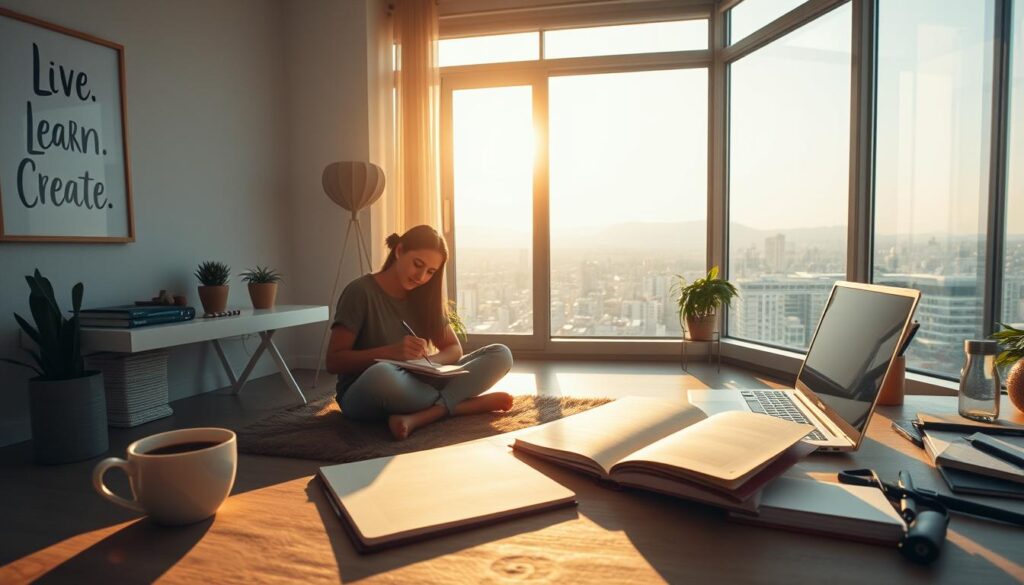
How Morning Rituals Enhance Your Potential
Your brain’s frontal cortex—the idea hub—is freshest in the morning. Simple rituals like coffee journaling or shower ideation sessions spark associative thinking. Psychologist Ruth Richards notes:
“Everyday creativity makes us dynamic and observant.”
Robert Epstein’s research on generativity behaviors reveals:
- Capturing ideas (e.g., voice memos during walks)
- Challenging assumptions (asking “What if?” with routines)
- Surrounding yourself with inspiring stimuli (music, art)
These small acts enrich your dailylifeand build what Epstein calls “creativity compounding.”
Everyday Creativity: Small Acts, Big Impact
You don’t need grand gestures to embrace everyday creativity. The HP Garage Rules—where quick prototypes trump perfection—apply here too. Try:
- Meal prep as brainstorming: Combine unexpected ingredients.
- Commute problem-solving: Reframe challenges aloud.
- Five-minute sketches: Doodle before checking emails.
These ways of thinking turn ordinary moments into idea incubators. As psychologist Ruth Richards reminds us, creativity isn’t a rare gift—it’s how we engage with the things around us.
7 Science-Backed Benefits of Morning Creative Rituals
Science reveals that morning rituals do more than wake you up—they rewire your brain for success. A 2012 Adobe study found companies prioritizing creative thinking outperform peers by 78%. Let’s explore how dawn routines unlock your untapped potential.
Boosts Problem-Solving Skills
Morning creativity floods your brain with dopamine—nature’s reward chemical. This enhances cognitive flexibility, letting you see problems from fresh angles. Clayton Christensen’s Innovator’s DNA research shows:
- Associative thinking strengthens neural connections
- Ritualized creative behavior builds mental stamina
- Divergent thinking peaks before noon
Torrance Tests prove just 15 minutes of morning ideation can increase solution fluency by 40%.
Strengthens Emotional Resilience
A Yale study found creative morning practices lower cortisol levels by 28%. When we engage in mindful creation:
- Stress hormones decrease
- Prefrontal cortex activity increases
- Anxiety buffers develop
Novelist Anthony Trollope wrote 3 pages daily at 5:30 AM—a habit producing 47 published works. His secret? Creative routines build emotional armor against life’s challenges.
Enhances Focus and Flow States
Morning rituals reduce decision fatigue by 62%, per Journal of Neuroscience research. This primes your mind for flow—that magical zone where ideas flourish. Try:
- Creative cross-training (alternate writing/drawing days)
- Micro-sessions (three 5-minute bursts)
- Sensory priming (aromatherapy + instrumental music)
As psychologist Mihaly Csikszentmihalyi notes:
“Flow occurs when challenges slightly exceed skills—morning rituals create this sweet spot.”
How to Build Your Ideal Creative Morning Routine
Transform your mornings into idea incubators with these simple, science-backed steps. Whether you’re a night owl or early riser, tailoring your routine to your natural rhythms amplifies results. Let’s break it down.
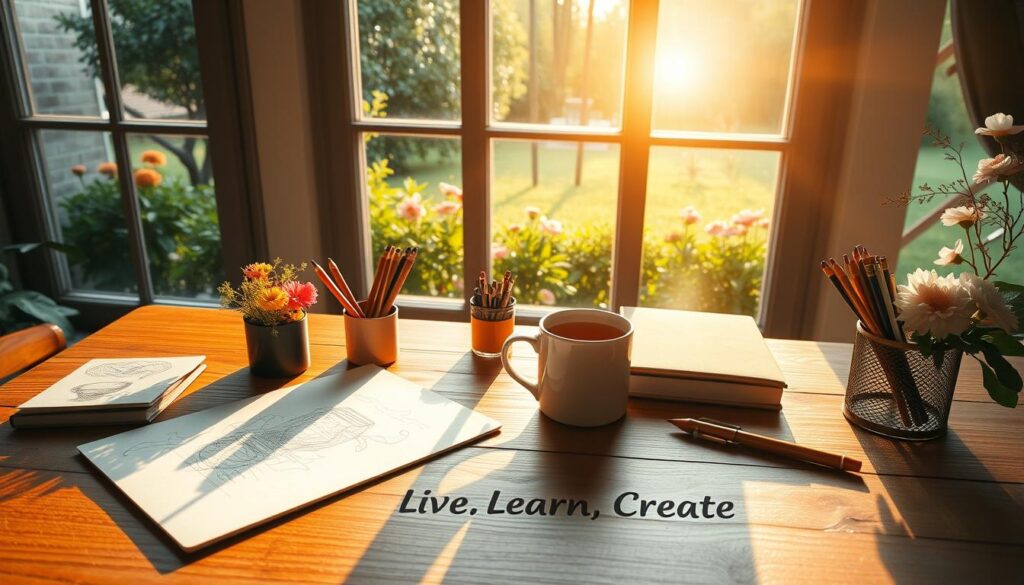
Step 1: Carve Out Uninterrupted Time
Start small—even 10 minutes works. Barbara Kerr’s research shows genetics influence 22% of our creative potential, but time and practice unlock the rest. Here’s how:
- Find your peak: Track when ideas flow best (hint: it’s often 2–4 hours after waking).
- Protect your space: Silence notifications. Use a “do not disturb” sign if needed.
- Progress slowly: Add 5 minutes weekly until you reach 30–45 minutes.
Step 2: Incorporate Mindfulness Practices
Quiet your mind to hear your best ideas. James Webb Young’s creative process begins with gathering raw information—mindfulness helps you notice it. Try:
- 4-7-8 breathwork: Inhale for 4 counts, hold for 7, exhale for 8. This triggers alpha brain waves.
- Sensory grounding: Name 3 things you hear, 2 you feel, 1 you smell.
- Gratitude pauses: Write one thing you’re curious about each morning.
Step 3: Use Journaling for Idea Generation
Don’t just write—think differently. Dr. Seuss’s Green Eggs and Ham used 50 unique words. Constraints spark creativity. Experiment with:
- Mind mapping: Start with a central word, branch out freely.
- Prompt jars: Pull a question like, “What if my problem was a color?”
- Voice notes: Capture shower epiphanies instantly.
Take action on one insight daily. Over time, these small steps compound into big breakthroughs.
Debunking 5 Common Myths About Creativity
Let’s clear the air—what you’ve heard about creativity might be holding you back. Many people struggle with self-doubt because of outdated beliefs. The truth? Creative thinking works differently than most assume.
“Only Artists Are Creative” (And Why It’s Wrong)
This limiting belief stops countless people from embracing their potential. Research from Exeter University shows creativity develops through practice—not innate talent. Consider these examples:
- Corporate innovation: 3M’s Post-it Notes emerged from a failed adhesive experiment
- Scientific breakthroughs: Kary Mullis invented PCR while driving, not in a lab
- Everyday problem-solving: Parents creatively negotiate with toddlers daily
Psychology Today confirms creativity appears in all fields. Mozart needed 16 years of practice before composing masterpieces. Like any skill, it grows with consistent effort.
“You Need Inspiration to Start” (The Process Myth)
Waiting for motivation is the fastest way to stall progress. Edison’s 1,000 lightbulb prototypes prove creativity thrives through action. Try these confidence-building approaches:
- Creative cross-training: Alternate between writing and visual arts weekly
- Process journals: Document messy first drafts to normalize imperfection
- Five-minute rule: Commit to brief sessions—momentum often follows
Schools often discourage creative risk by prioritizing single “right” answers. But real-world problems demand flexible thinking. Remember—every expert was once a beginner.
Tools and Resources to Fuel Your Creative Journey
Great ideas need great resources—discover practical tools to elevate your practice. Whether you’re beginning your creative work or refining your process, Carmen Galloway’s research-backed materials offer structured guidance. These aren’t just products; they’re companions for your growth.

Carmen Galloway’s Books: Now Available at Barnes & Noble and Apple Books
For over 12 years, Carmen’s books have helped thousands unlock their potential. Her latest work—The Morning Mindset Method—blends neuroscience with practical exercises. You’ll find it in multiple formats:
- Print editions at Barnes & Noble with workbook sections
- Interactive ebooks on Apple Books featuring audio clips
- Audiobook versions narrated by the author herself
One reader shared:
“The ‘5-Minute Idea Jolt’ technique alone transformed how I approach problems at work.”
Carmen Galloway’s Courses: Explore on Udemy
Her Udemy courses take learning further with video lessons and community support. The flagship program Creative Rituals for Busy Lives includes:
- Module 1: Rewiring Your Brain for Idea Flow
- Module 3: Building Lasting Creative Connections
- Bonus interviews with psychologists and artists
Combine the book’s words with the course’s interactive elements for maximum impact. As one alum noted:
“The private student forum became my global creative family.”
Ready to begin? Browse books here or explore courses. In our fast-paced world, these resources keep your practice evolving—one inspired morning at a time.
Conclusion: Making Creativity a Daily Habit
Small daily steps build creative confidence faster than rare bursts of inspiration. Robert Epstein’s research proves it—consistent practice rewires your brain for idea flow. Start with five-minute morning rituals, like sketching or voice memos. Over time, these moments compound into lasting everyday creativity.
Think of each day as a blank canvas. Your process might feel messy at first—that’s normal. Carmen Galloway’s books and courses offer gentle guidance when you need it. Try her 30-day challenge: one tiny creative act daily, like rearranging your workspace or writing haikus.
Remember, growth isn’t about perfection. It’s showing up, even when ideas feel scarce. Your future self will thank you for these morning investments—because a life woven with creativity is richer, brighter, and endlessly surprising.
Explore a range of resources designed to enhance your creative skills. Whether you’re looking for inspiration or structured guidance, Carmen Galloway’s works provide valuable insights into the creative process.
Join interactive courses that challenge you to think differently and expand your creative horizons. Each course is crafted to help you develop a robust creative mindset.
FAQ
How do morning rituals help unlock creative potential?
Starting your day with intentional practices—like journaling or meditation—primes your brain for fresh ideas. These habits create mental space for new connections to form naturally.
Can anyone develop creative thinking skills?
Absolutely. Research shows innovation isn’t limited to artists—it’s a muscle everyone can strengthen through consistent practice and curiosity.
What’s the simplest way to begin a creative morning routine?
Try freewriting for five minutes upon waking. No editing, just capturing thoughts. This low-pressure exercise builds confidence in expressing ideas.
Why does science link creativity with emotional resilience?
When we engage in imaginative activities, our brain develops flexible thinking patterns—helping us adapt to challenges with greater ease and optimism.
Where can I find Carmen Galloway’s resources?
Her books are available at major retailers like Barnes & Noble, while interactive courses can be explored on Udemy for hands-on learning.
How long until I see benefits from creative morning habits?
Many notice improved focus within 2-3 weeks, but lasting transformation comes from making these practices part of your lifestyle.
Transform your home into a more peaceful and mindful sanctuary. Creating a Zen-inspired home environment is a core part of the “Live.Learn.Create” theme, focusing on peace, mindfulness, and a clutter-free space. Here is a curated list of Zen home items.
The Zen Essentials
These items are the building blocks of a calm, intentional living space.
- Candles & Scents:
- Scented Candles: Look for calming, natural scents like sandalwood, lavender, white tea, or bergamot. Choose candles made with soy or beeswax for a clean burn.
- Essential Oil Diffusers: A minimalist, sleek diffuser made of bamboo, ceramic, or glass.
- Essential Oil Sets: Look for blends specifically for relaxation, focus, or sleep.
- Incense & Burners: Natural incense sticks (e.g., palo santo, sage) with a simple, elegant burner.
The Zen Decor
This is about incorporating natural elements and simple design.
- Natural Materials:
- Wood or Bamboo Trays: For organizing candles, stones, or other small items.
- Ceramic Vases: Simple, unglazed ceramic vases in neutral colors like white, beige, or gray.
- Minimalist Art: Simple line drawings, abstract prints, or nature-inspired artwork.
- Hand-Carved Stone Coasters: Or other small stone sculptures.
- Textiles:
- Linen or Cotton Throws: A soft, neutral-colored throw blanket to add warmth.
- Jute or Sisal Rugs: These add natural texture and grounding to a space.
- Meditation Cushions (Zafu) & Mats (Zabuton): These provide comfort for meditation and add a serene touch to a room.
The Zen Ambiance
These items help create a peaceful sensory experience.
- Lighting:
- Himalayan Salt Lamps: These provide a warm, soft glow.
- Japanese-style Paper Lanterns: For a soft, diffused light source.
- Dimmable Smart Bulbs: To easily control the warmth and brightness of your lighting.
- Sound:
- Tabletop Water Fountains: The gentle sound of running water is incredibly calming.
- Wind Chimes: Made from natural materials like bamboo or metal for a soft sound.
- Bluetooth Speakers: Small, aesthetically pleasing speakers for playing ambient or meditation music.
- Nature:
- Bonsai Trees or Air Plants: Low-maintenance indoor plants that bring life and a touch of nature indoors.
- Zen Gardens: A small, tabletop sand garden with a rake and stones for a meditative ritual.
- Decorative Rocks & Pebbles: For bowls or as a decorative element.
Best Sellers https://amzn.to/3Vet1tI
New Releases https://amzn.to/4mwLjTi
Amazon Movers & Shakers https://amzn.to/4fPsZlP
Mindfulness Coloring Books https://amzn.to/4fQ0wMx
Personal Growth Coloring Books https://amzn.to/4lJeRf0
Health & Wellness https://amzn.to/4oRt24C
Zen Home Decor https://amzn.to/3VeA3i6
Zen Garden Decor https://amzn.to/4mXjT8D
Zen Garden https://amzn.to/3HQTVVB
- Mindfulness & Meditation:
- Physical Wellness:
- Habit & Productivity Tools:
- Books:
- Best-selling personal development books (Mindset, The 7 Habits of Highly Effective People, The Subtle Art of Not Giving a F*ck)
- Books on a variety of skills (coding, photography, writing.)
- Educational Gadgets:
- Smart pens that digitize notes (e.g., Rocketbook)
- Portable scanners for digitizing documents
- Laptops, tablets, and accessories
Create (Creativity, Innovation, Projects)
These products cater to your creative side, whether you are a artists, writer, or DIY enthusiasts.
- Creative Supplies:
- Adult coloring books or “paint-by-sticker” books
- Craft kits (e.g., candle-making, pottery, embroidery)
- Digital Creation Tools:
- General Inspiration & Making:

